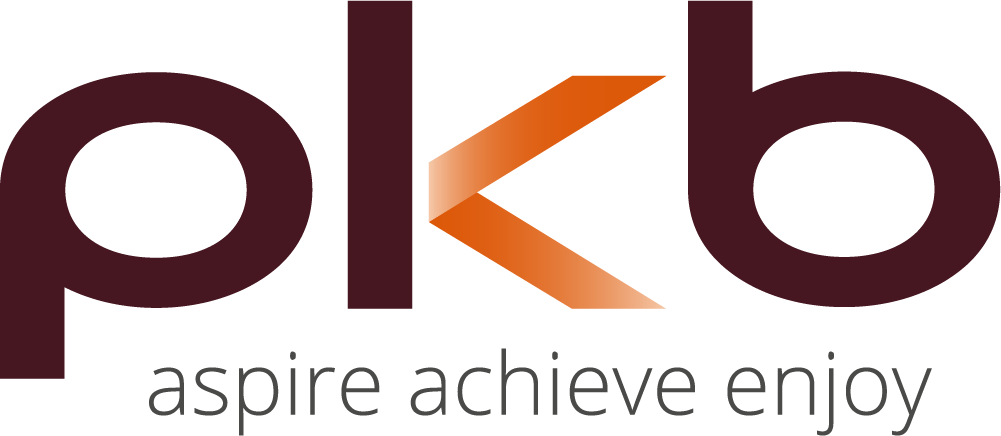What better way to welcome a new decade than by finally biting the bullet and setting up the business you’ve been dreaming of?
Where on earth do you start however? Assuming that you’ve got a great business idea and have done some research into whether or not there’s demand for your product or service, top of your list should be deciding on your business structure.
By this we mean will you be a sole trader, partnership or limited company? It’s essential to identify this early on, firstly because you need to let HMRC know and secondly because it will help you to answer many important questions such as how many of you will be running the business? What will you be liable for if someone leaves or the business closes? How will these choices affect what your business owes in tax once it’s up and running?
As your business grows, it’s possible to change structures. For example, you may start as a sole trader and enjoy great success and add a partner to the business. Changing the legal structure of your business does involve a certain amount of admin however, so making the right decision at the start can save a good deal of hassle further down the line.
What are the different types of business structure?
There are three basic types of business structure; sole trader, partnership and limited company. You can have other types of business structures which can complicate matters so for now we’ll stick to the main ones.
If you don’t think your business suits any of the structures we’ve mentioned below, please get in touch with PKB and we’ll be able to advise accordingly.
Sole trader
A sole trader is one person selling a product or providing a service, although they can employ people and use subcontractors.
It’s the simplest and usually the smallest way of constituting a business and it involves the least amount of work to administer. You will however still have to keep accounting records and meet your legal obligations, depending on what kind of business you run.
You might choose this option if your business doesn’t have a major loan or borrowing commitments or if you don’t need a lot of cash to get going.
A big benefit is that sole traders don’t pay corporation tax. You do pay income tax and national insurance contributions (NICs) through your self assessment tax return however. Do bear in mind that as a sole trader, you’re personally responsible for any debts the business has.
Partnership
Partnerships are similar to being a sole trader, except there’s at least two of you.
You share liability for any debts that are owed by the business so it’s sensible to have a written agreement between everyone involved before you go into a partnership. This provides clarity if you fall out, if one of you wants to move on, sell out, reduce your role or commitment, or if you both decide to turn your partnership into a company further down the line.
Limited liability partnerships (LLP) share the same tax liabilities and distribution of any profits as normal partnerships, although partners have a reduced financial liability. LLPs are popular structures with property companies and buy-to-let landlords, as well as professional services firms like solicitors and architects.
Limited company
If you’re already trading in some form, a limited company is likely to be the best option for your business.
The major advantage of a company is that legally, it’s a separate entity which means that you’re not personally liable for its debts. You may lose whatever funds you invested if things do take an unfortunate turn however.
There are four different types of companies you can set up including a company limited by guarantee, a company limited by private shares, a community interest company (CIC) or a public limited company (PLC).
Company limited by guarantee
This is the smallest kind of company structure and it doesn’t involve any share capital. As such, this structure is usually adopted by not-for-profit organisations.
Members are usually the directors, who have a limited liability if the company goes into liquidation. Unlike a partnership, if one director wants to move on, it does not fundamentally change the shape of the company so it’s sometimes easier to change personnel.
Company limited by private shares
This is a company with shares that are privately traded and held. In most cases, shareholders are liable for the company’s debts up to the extent they have invested.
The advantage of this structure is that it allows capital to be raised by share issue, which you may want if your business has significant investment needs. Unlike a PLC, this structure allows business owners more control over who holds the shares.
Community interest company
A CIC is a company that’s not set up for private profit, so you’re not allowed to take money out as shares or dividends. That’s not to say it doesn’t pay salaries, or reinvest profit back into its social goals however.
CICs are sometimes perceived as being on the borderline between charities and businesses.
Some are owned by charities, social enterprises or trading arms to raise funds, or to help train or employ vulnerable people.
Public limited company
Shares in PLCs are openly traded and sold. It’s usually a stage that you’d move onto once you’re up, running and are at least reasonably successful because you need a minimum of £50,000 in share capital.
Notifying the right authorities and paying taxes
If you’re a sole trader or partner, you’re mostly going to have to report back to HMRC. Companies House is a separate body that maintains all the records of companies.
Regardless of the size of your company, you’ll have to file accounts, a corporation tax return and a confirmation statement letting them know who the directors of your company are, as well as any major shareholders if relevant.
Corporation tax currently applies at 19% on all of the UK’s trading companies making profits. If you’re an employee of your company as well as a director, for tax purposes you’ll also be liable for the usual employment taxes through PAYE and employer NICs.
If you sell your shares in the company for more than £12,000 in 2019/20, you may be liable for capital gains tax at 10% or 20% on any amount above that threshold. Basic-rate taxpayers pay 10%, while higher and additional-rate taxpayers pay 20%.
Business owners can sell up and qualify for entrepreneurs’ relief, which means they pay capital gains tax at 10% on the first £10m of gains. For higher and additional-rate taxpayers, that can provide a substantial saving.
Some kinds of tax liabilities, such as VAT are based on the annual taxable turnover rather than its legal structure. In this case, the same rules apply to companies as to sole traders and partnerships.
You can voluntarily register for VAT at any point, but you’re only legally obliged to register once your turnover passes the £85,000 VAT-registration threshold.
To read news and blogs from Andy Penfold, click here >>



